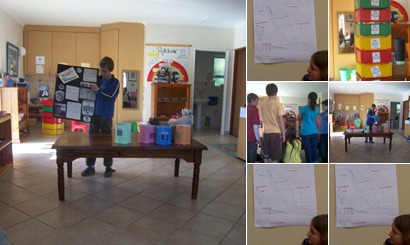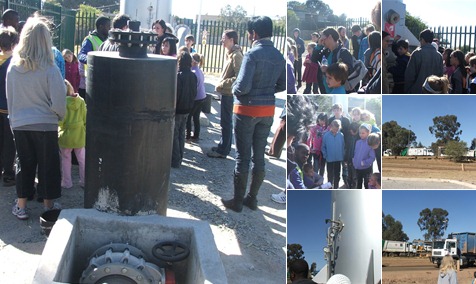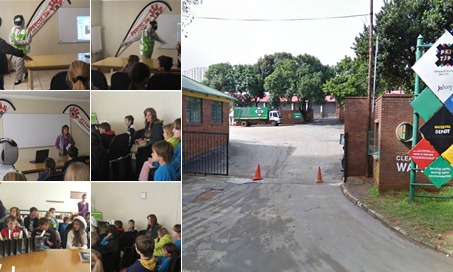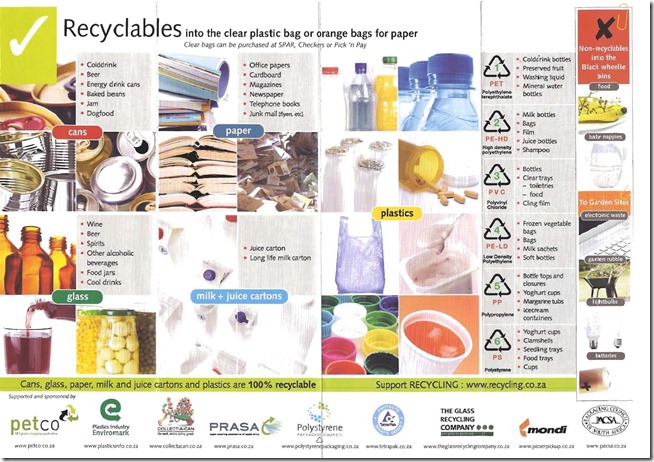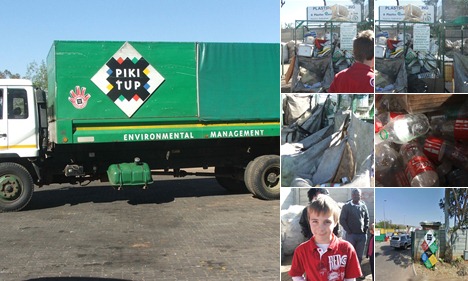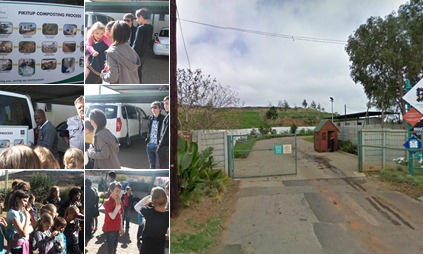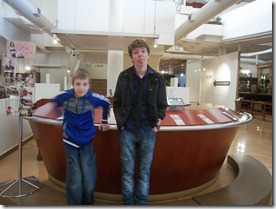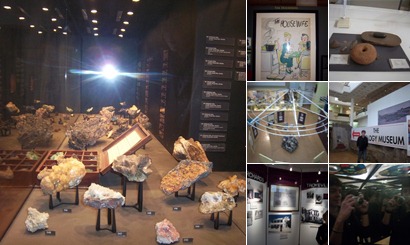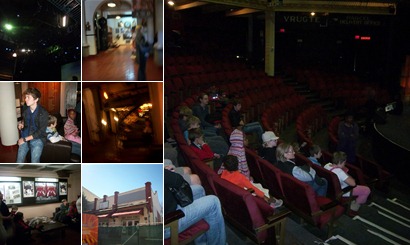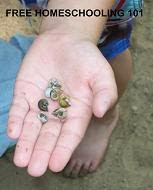By Ruth Ng
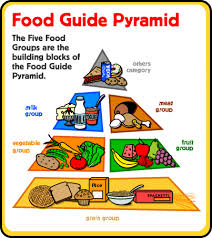 “I’m hungry, Mom!” What we give our children in response to their call makes all the difference in their learning. A child’s brain is under construction from conception right up until he is in his mid-twenties. Many nutrients are needed in order to continue developing this incredible masterpiece: the human brain. The brain is a hungry fellow, the quickest organ to absorb nutrients from the bloodstream. Brain cells are not replaced like other body cells are; they must survive all of the person’s life. Brain cells, especially children’s, are vulnerable to toxins. “Chemically laden processed foods are prime sources of toxic stress on the brain.”1 The tools needed to build up the brain are best found in God’s natural foods.
“I’m hungry, Mom!” What we give our children in response to their call makes all the difference in their learning. A child’s brain is under construction from conception right up until he is in his mid-twenties. Many nutrients are needed in order to continue developing this incredible masterpiece: the human brain. The brain is a hungry fellow, the quickest organ to absorb nutrients from the bloodstream. Brain cells are not replaced like other body cells are; they must survive all of the person’s life. Brain cells, especially children’s, are vulnerable to toxins. “Chemically laden processed foods are prime sources of toxic stress on the brain.”1 The tools needed to build up the brain are best found in God’s natural foods.
Building Them Up
Antioxidants are vital for proper brain function. Vitamin C and vitamin E are examples of antioxidants. Some perhaps forgotten sources of vitamin C are guavas; cauliflower; red, yellow, and green peppers; hot chilli peppers; kiwi; cantaloupe; strawberries; grapefruit; fresh thyme and parsley; pummelos; and black currants. Vitamin E also is found in sunflower seeds, almonds, pine nuts, peanuts, apricots, and cooked taro root. Broccoli, tomatoes, berries, and garlic are excellent antioxidants.
Calcium is another nutrient that is very important for neuron development and connections. Potassium is also essential. Without potassium, cells may shrink and lose their fluid, causing a child to be jittery and making it hard for him to concentrate. Sweet potatoes, tomatoes, bananas, oranges, dairy products, and legumes are rich in potassium.
Oxygen availability to the brain determines how well the brain develops and functions. Not only does iron carry the oxygen in the blood, but it also transports oxygen within the cell and builds up neurotransmitters in the brain. Certain minerals, such as iron, are keystones in building the brain. Natural food sources of iron are found in meat, fish, poultry, vegetables, legumes, and whole grains. Specific iron-rich foods are parsley, Brazil nuts, and apricots.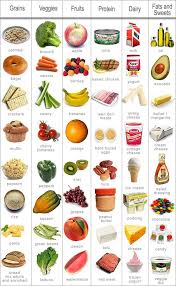
More Than Just a Meal
Eating a balanced breakfast may contribute to an improvement in behaviour and academic aptitude. “Eating a nutritious breakfast has been linked with desirable outcomes in memory and attentiveness.”2 To start off a day of learning, it is essential to eat breakfasts that are high in protein and fibre but moderate in carbohydrates. Starches and sugars may adversely affect behaviour since eating these carbohydrates may result in problems with blood sugar levels. Protein is an essential building block to put on the breakfast plate, and fibre helps cleanse the intestines of toxins. Fibre helps maintain an effective digestive system, and since all body systems are interrelated, digestive health affects brain health.
The breakfast menu is not complete without essential fatty acids. They may help with maintaining a good mood, an alert memory, and concentration skills. The tissue in the brain is rich in fatty acids, and the brain may not function normally if there is a deficiency in these nutrients.
Mr. H2O
There is a guy on the building team who is often forgotten. The brain is made up of a higher percentage of water than other organs; therefore, adequate supplies of fluid are crucial to brain development. For girls who have started menstruation, the upset of fluid balance may be an added risk. “Dehydration is a commonly missed problem linked to poor learning.”3 Soft drinks, juice, coffee, and tea often act as diuretics and may actually aggravate a dehydration problem. Water is the one to call on to do the job.
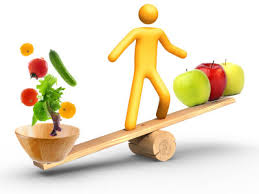 Danger Zones
Danger Zones
In our busy lives, it is important to maintain regular mealtimes. Mealtime in a pleasant, relaxed atmosphere provides a good social opportunity. A stressful, rushed mealtime may interfere with the absorption of nutrients. And the last meal of the day is just as important as the first meal of the day. “Studies have shown that children who eat evening meals together with their family have a more balanced nutritional intake than those children who prepare food on their own and/or eat in front of the TV.”4
If a child has already snacked on candy, carbonated beverages, and sugary foods, the resultant loss of appetite may cause poor nutrition, because then the child does not want to eat the right foods.
Food intolerances and allergies could be another roadblock. Children are often intolerant to Monosodium Glutamate (MSG), prunes, sulphur, food preservatives, chemicals added to foods, food colourings, artificial flavourings, canned fish, caffeine, lactose, fruit juices, gluten, and aspartame. A true food allergy is a reaction of the immune system to a specific molecule; food intolerances are much more common. Naturopaths, nurses, doctors, and dieticians could help you with concerns about reactions to foods. They also might offer advice about the way food is grown and how that affects overall nutrition.
The foods we eat are often tainted with hormones, pesticides, and other dangerous additives. Choosing organic foods is well worth the effort and expense, since a child’s brain is extremely sensitive to pesticides. How foods are processed also affects their overall nutritional content. With whole-grain products, the food item has been made from all of the edible portions of the kernel. However, “refined grains have been taken apart and the bran and the germ removed. Only the starchy endosperm is used to mill the flour. To counteract this nutritional loss, some nutrients are added to the flour, and then this flour is called enriched flour. The original ingredients of magnesium, vitamin E, and fibre are not replaced.”5
The way we cook our food has nutritional consequences as well. Deep-fried foods can be very harmful to the brain. When oil or fat is heated up to high temperatures, harmful by-products are created. A child’s brain is much more susceptible to toxins in deep-fried foods than an adult’s brain, making it essential for children to avoid these foods. Overcooked foods can be just as bad. Water-soluble vitamins are the ones that disperse or dissolve in water. They are the B vitamins and vitamin C, which can be lost in the cooking process. They are destroyed by heat or leak out into the water we use to cook, and then they get thrown away.
Take a Dip
Getting children to eat fresh vegetables is often a challenge, so dress up those greens! Safflower seed oil or apple cider vinegar is great in homemade dressings. Add fresh lemon juice and fresh chopped herbs for more flavor.
Dips are another way to encourage the consumption of raw vegetables. Homemade hummus or other bean dips are often favourites. Additional dips can be made with tofu, yoghurt, or avocadoes.
Snack foods are often the culprits that can ruin a great nutrition plan, but there are healthy alternatives. Dates and nuts can be added to cereals and fruit salads, stuffed into cored apples, and mixed into whole-grain homemade breads, muffins, and cookies. Apples dipped in Manuka honey create a sweet snack. Smoothies are always fun, and the children may want to create their own combinations of rice milk, tofu, nuts, berries, fruits, and plain, unsweetened yoghurt. It is recommended not to heat flax seed oil, so using it in smoothies is a great way to reap the benefits of flax seed. We like to make up crazy names for our smoothies, names that reflect the mysterious colours or obscure ingredients.
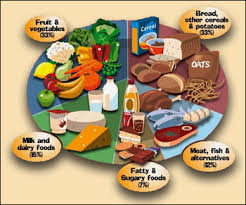 Our Bread of Life
Our Bread of Life
It seemed that my son got up one morning and stood shoulder to shoulder with me! But let us not be fooled by their towering frames and deepening voices. Just because you now are looking up at your son, it does not mean that he has finished growing. Every stage in a child’s growth is important, but it seems that the teen stage may get overlooked because teens are so tall and capable. “Adults often presume that teenagers can take care of themselves. Although teens need to take responsibility for their behaviour, they still need the guidance and nurturing of caring adults. There is a fine line between allowing adolescents to be responsible and neglecting their needs.”6
Get pre-teens and teens involved in shopping, meal planning, and cooking. As you teach good nutrition, you are not only building up their physical health, but you are also building healthy relationships and lifelong memories. As you spend time together preparing foods and eating, point them to the true Bread of Life. What sustains our children completely is the Lord Himself.
One or two healthy meals will not be enough to ensure your child’s well-being; instead, consistent, nutritious habits make the difference. Likewise, with spiritual food, life changes do not come from merely one or two good meals in the Word of God. A continual lifestyle of delighting in God’s Word will nurture a child. Thank the Lord for the wonderful young people in your home whom He is raising up for His glory. We are the workmanship of our Saviour. “Being confident of this very thing, that he which hath begun a good work in you will perform it until the day of Christ.” (Philippians 1:6)
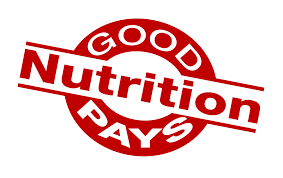
Ruth Ng has homeschooled her children for twelve years. She resides in Ontario, Canada. Before homeschooling her children, she was a Registered Nurse. She loves to write, travel to Hong Kong, teach children, be with family and friends, and learn new insights from God’s Word. Together, she and her husband have a calling to reach out to orphans. Please visit www.melodyofhope.com.
Endnotes:
1. Dr. Michael R. Lyon, MD & Dr. G. Christine Laurell, PhD, Is Your Child’s Brain Starving? (Canada: Mind Publishing Inc., 2004), p. 23.
2. Sheila Tucker and Vera Dauffenbach, Nutrition and Diet Therapy for Nurses (Boston: Pearson, 2011), p. 313.
3. Eric Jensen, Teaching With the Brain in Mind (Virginia: Association for Supervision & Curriculum Development; Illustrated Edition, 1998), p. 26.
4. Sheila Tucker and Vera Dauffenbach, Nutrition and Diet Therapy for Nurses (Boston: Pearson, 2011), p. 314.
5. Michele Grodner, Sara Long Roth, and Bonnie C. Walkingshaw, Nutritional Foundations and Clinical Applications of Nutrition: A Nursing Approach, 4th Edition (St. Louis: Mosby Inc., 2007), p. 81.
6. Ibid., p. 268.
7. Information on all charts was gathered from Is Your Child’s Brain Starving?
 Copyright 2011, used with permission. All rights reserved by author. Originally appeared in the Fall 2011 issue of The Old Schoolhouse® Magazine, the trade magazine for homeschool families. Read the magazine free at www.TOSMagazine.com or read it on the go and download the free apps at www.TOSApps.com to read the magazine on your mobile devices.
Copyright 2011, used with permission. All rights reserved by author. Originally appeared in the Fall 2011 issue of The Old Schoolhouse® Magazine, the trade magazine for homeschool families. Read the magazine free at www.TOSMagazine.com or read it on the go and download the free apps at www.TOSApps.com to read the magazine on your mobile devices.
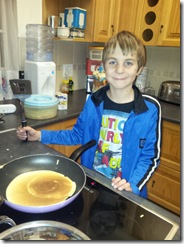 I was quite impressed with Misha this week. He was home alone with me all week & not once did he request a friend to play with. After all this time home educating he's finally managing to entertain himself & has become less dependant on friends to keep him busy. Instead he helped me bake muffins & entertained himself with games inside as well as outside. On Wednesday he helped me bake pancakes. Thursday morning he ate up Daddy's pancakes & insisted to make new ones before dad got home. However by Thursday evening he was missing his Ouboet & couldn't wait for Friday when Jesse was due to arrive back home.
I was quite impressed with Misha this week. He was home alone with me all week & not once did he request a friend to play with. After all this time home educating he's finally managing to entertain himself & has become less dependant on friends to keep him busy. Instead he helped me bake muffins & entertained himself with games inside as well as outside. On Wednesday he helped me bake pancakes. Thursday morning he ate up Daddy's pancakes & insisted to make new ones before dad got home. However by Thursday evening he was missing his Ouboet & couldn't wait for Friday when Jesse was due to arrive back home. 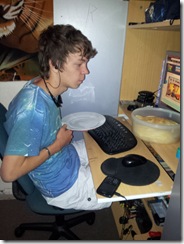 Then on Friday he insisted on surprising Ouboet with some pancakes which he made with very little assistance & then he crowned himself the "pancake masterchef".
Then on Friday he insisted on surprising Ouboet with some pancakes which he made with very little assistance & then he crowned himself the "pancake masterchef".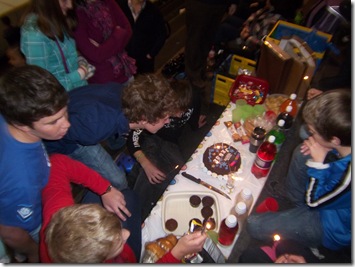 Last Saturday our eldest turned 15 & with him having been on holiday with a friend, today became the chosen opportunity for his birthday party. We set out to the Northgate Ice Arena for an early afternoon start at 12pm... Although very noisy & cold the kids seemed to have had loads of fun. By 5pm all the adults were quite happy that they were all done & ready to head home.
Last Saturday our eldest turned 15 & with him having been on holiday with a friend, today became the chosen opportunity for his birthday party. We set out to the Northgate Ice Arena for an early afternoon start at 12pm... Although very noisy & cold the kids seemed to have had loads of fun. By 5pm all the adults were quite happy that they were all done & ready to head home.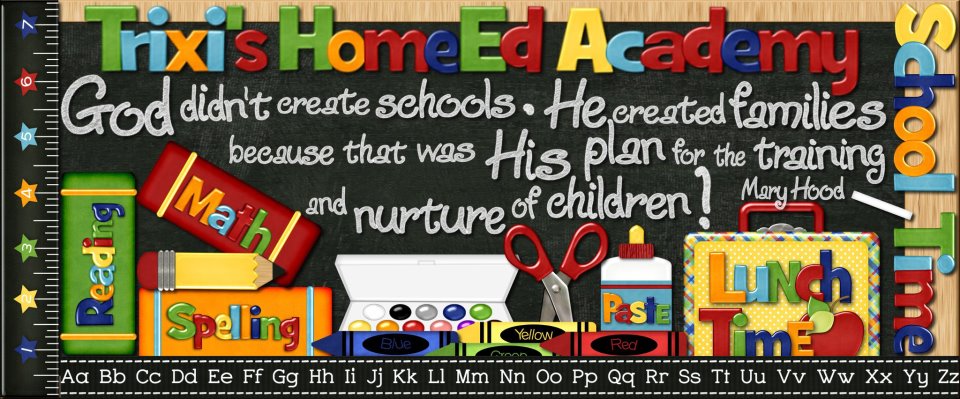




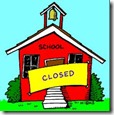
 On Thursday we finally enrolled him with
On Thursday we finally enrolled him with 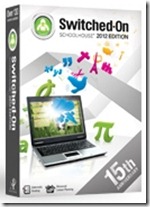

 Copyright 2011, used with permission. All rights reserved by author. Originally appeared in the Fall 2011 issue of The Old Schoolhouse® Magazine, the trade magazine for homeschool families. Read the magazine free at
Copyright 2011, used with permission. All rights reserved by author. Originally appeared in the Fall 2011 issue of The Old Schoolhouse® Magazine, the trade magazine for homeschool families. Read the magazine free at 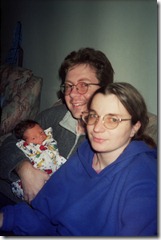
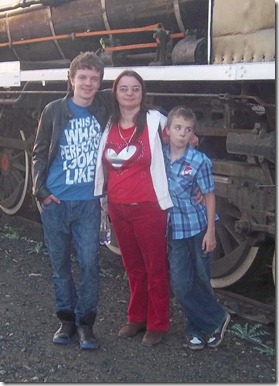
 Dan Liberto is President and co-founder of Generation With A Name, LLC, along with his lovely wife Jackie of nineteen years. Dan and Jackie have three daughters. Their ministry developed as a response to the secular attacks on children and the low rate of Biblical literacy in the Christian family. They sharpen the sword of the Spirit by emphasizing the promises of God through Biblical stories. Learn more about their ministry at TheFreedomGirls.com.
Dan Liberto is President and co-founder of Generation With A Name, LLC, along with his lovely wife Jackie of nineteen years. Dan and Jackie have three daughters. Their ministry developed as a response to the secular attacks on children and the low rate of Biblical literacy in the Christian family. They sharpen the sword of the Spirit by emphasizing the promises of God through Biblical stories. Learn more about their ministry at TheFreedomGirls.com.